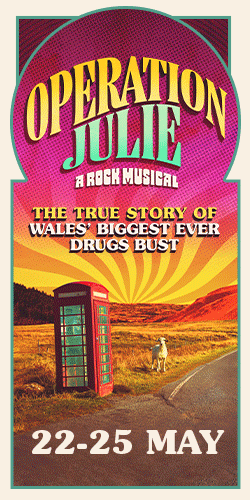
At a time, Celtic tribes dominated the British Isles and Ireland, with several different Celtic cultures and languages being developed across the nations as time went on.
Today, we still recognize distinct Celtic heritage, landmarks, and even modern cultural touch points in many parts of England, Wales, Ireland, and Scotland.
However, even though Nantwich and its county, Cheshire, are so close in proximity to Wales and Liverpool’s a mere hour away from the town – with a ferry to Dublin then taking about seven hours – very little of our Celtic roots remain prevalent to this day.
Nantwich itself is relatively new, being forged by the Romans to mine salt, but across Cheshire, the Celts once ruled.
So, what happened to them, and what should remain of their heritage?
The Celtic tribe of Cheshire fell
The last known Celtic tribe that inhabited much of what we now call Cheshire was the Cornovii Tribe.
The Cornovii spread across several of our modern counties, including Shropshire, the West Midlands, western Staffordshire, eastern Clwyd, and much of the southern parts of Cheshire.
The sprawling tribe mostly lived as pastoral nomads (moving periodically based on the needs of livestock) but erected several hillforts across their lands.
There is comparatively little known about the Cornovii than what we’ve discovered about other tribes.
A coinage isn’t assumed to have been issued or used, and remnants of pottery or similar creations don’t exist.
Still, we know that they did exist and roam these lands greatly because of Ptolemy’s geographical writings.
Unfortunately, much of their history was essentially built over when the Romans arrived.
The Roman conquest of Britannia is often ruled a failure due to the resistant communities, particularly the Celts, that withstood the might of Rome.
However, when the Romans did reach the Cornovii lands in 48 AD, the well-equipped, well-drilled soldiers defeated the nomadic tribe in battle, which is said to have taken place on a hill in east Shropshire, The Wrekin.
Rome couldn’t catch all of the Celts
Naturally, Rome wasn’t able to catch, defeat, or convert every Celt in England, but by the time the Anglo-Saxons had risen to power, there was little left of the eventual nation’s Celtic heritage.
However, lands that proved strongholds for Celtic cultures continue to boast strong ties to the ancient tribes. Naturally, the finest example of this comes in the form of Ireland.
Much more isolated from the Roman conquests, the Irish Celts were able to develop their societies for longer – but did eventually have to deal with the Vikings.
Still, the culture endures to this day and that is why symbols and creations like fairies, lucky four-leaved clovers, and Celtic knots remain so prevalent.
You only have to look as far as the Irish games of Double Lucky Mushrooms and Charms & Clovers at the new online casino in the country to see that there’s still a strong connection to the famous symbology of the Celts.
The fairy featured in Double Lucky Mushroom is derived from the original tribe of Ireland, the Tuatha de Danann.
Dotted around Ireland, you’ll also find stone Celtic crosses and the iconic knot patterns that were so important to the culture.
There are several preserved Celtic sites, like the Grianan Aileach, Staigue Fort, and Poulnabrone Dolmen, and, of course, the Irish language itself is a Celtic language.
The reason why Celtic ways survive to this day in Ireland – as well as parts of Scotland and Wales – is because they weren’t Romanized.
For Nantwich, history does begin with the Romans establishing a salt mine town, but for Cheshire, there was once a Celtic tribe roaming the lands; it’s just that they didn’t leave much of a footprint before Rome arrived.
(Unsplash image licence free)

















Recent Comments